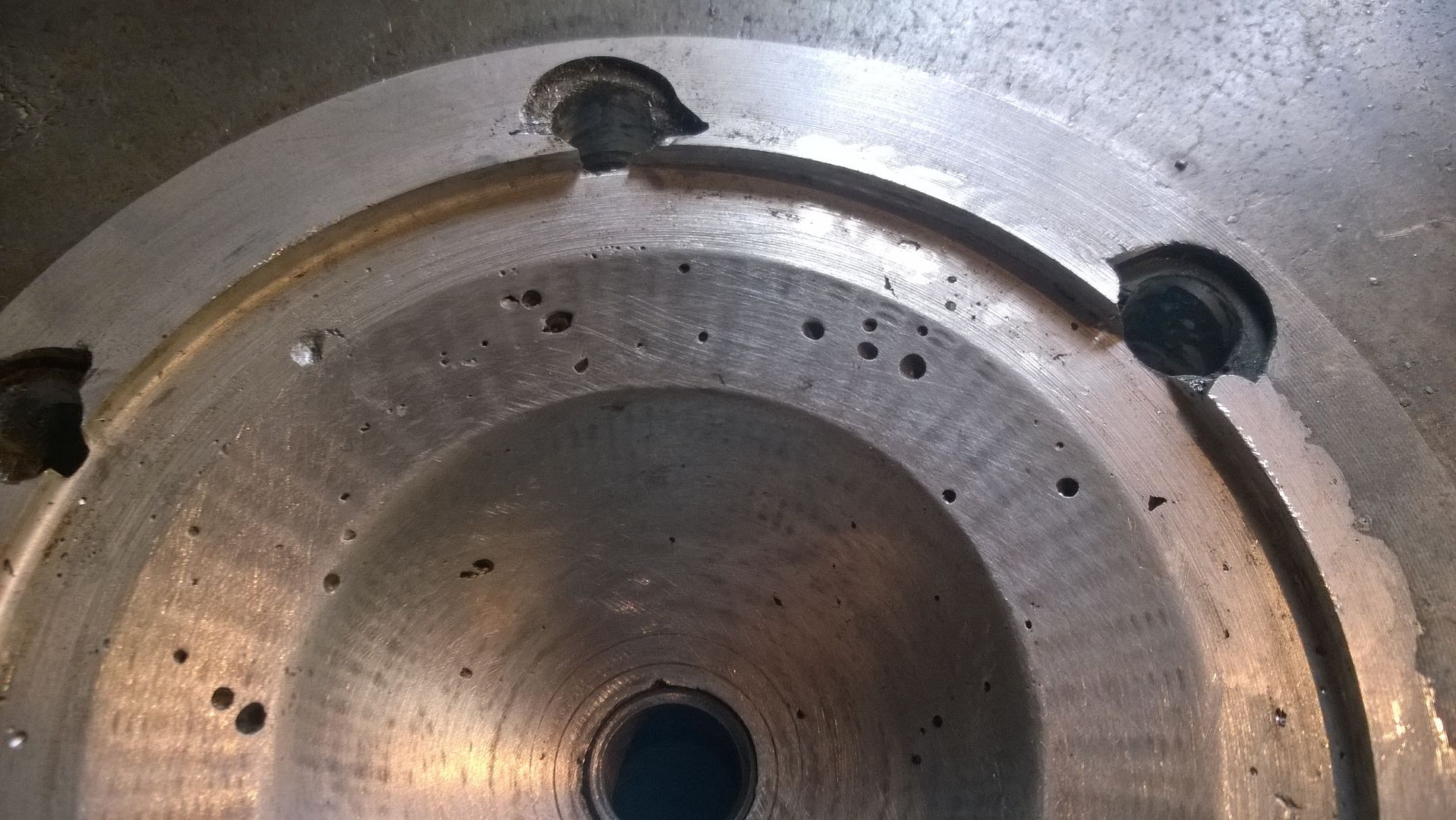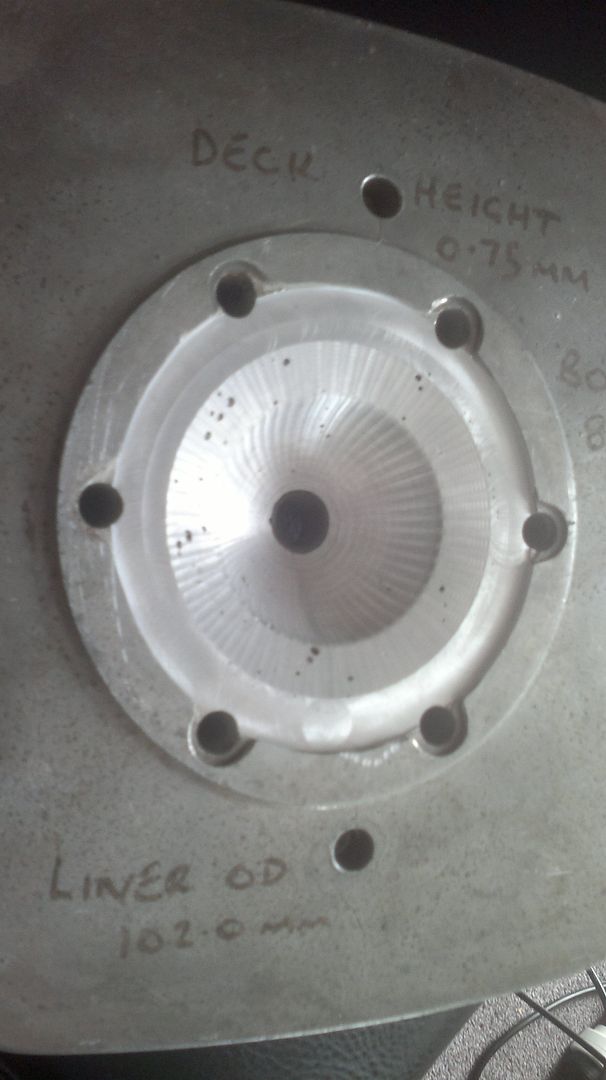
If these voids are only a result of a poor sub-standard welding outcome?
I would just go a head and use it. As others have suggested that alone will not have much of any noticeable effect.
Can see why you would have been majorly disappointed though, who wouldn't be?
particularly the bit about the wrongly machined diameter??
Enough to make a saint blaspheme.
BUT, if the head had suffered a foreign material impregnation from a collapsed big or little end cage failure etc.
Then it would have been a different story.
I no longer use heads with such history unless I machine them back first.
A lathe tool will soon help you find every little foreign body.
If the engine is shut down promptly and only a small amount to search for?
you can just do that with a rotary burr in a die grinder or dremel.
But don't forget to
Bleed it of oil before you start welding it back up


I would love to see independent dyno testing on this style of finishing chamber surfaces

Keeping the TDC chamber volumes consistent as a part of a "controlled experiment" of course.